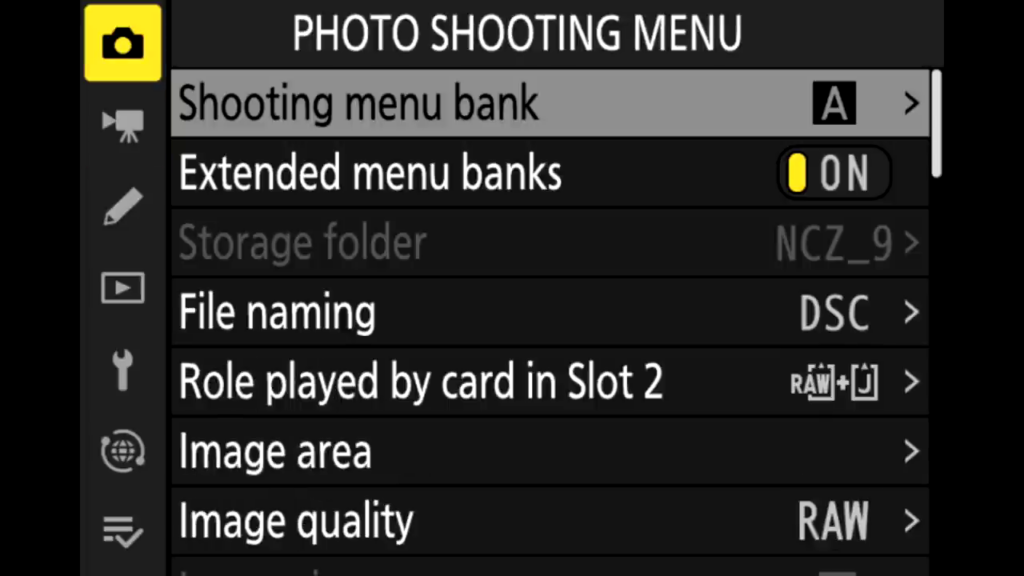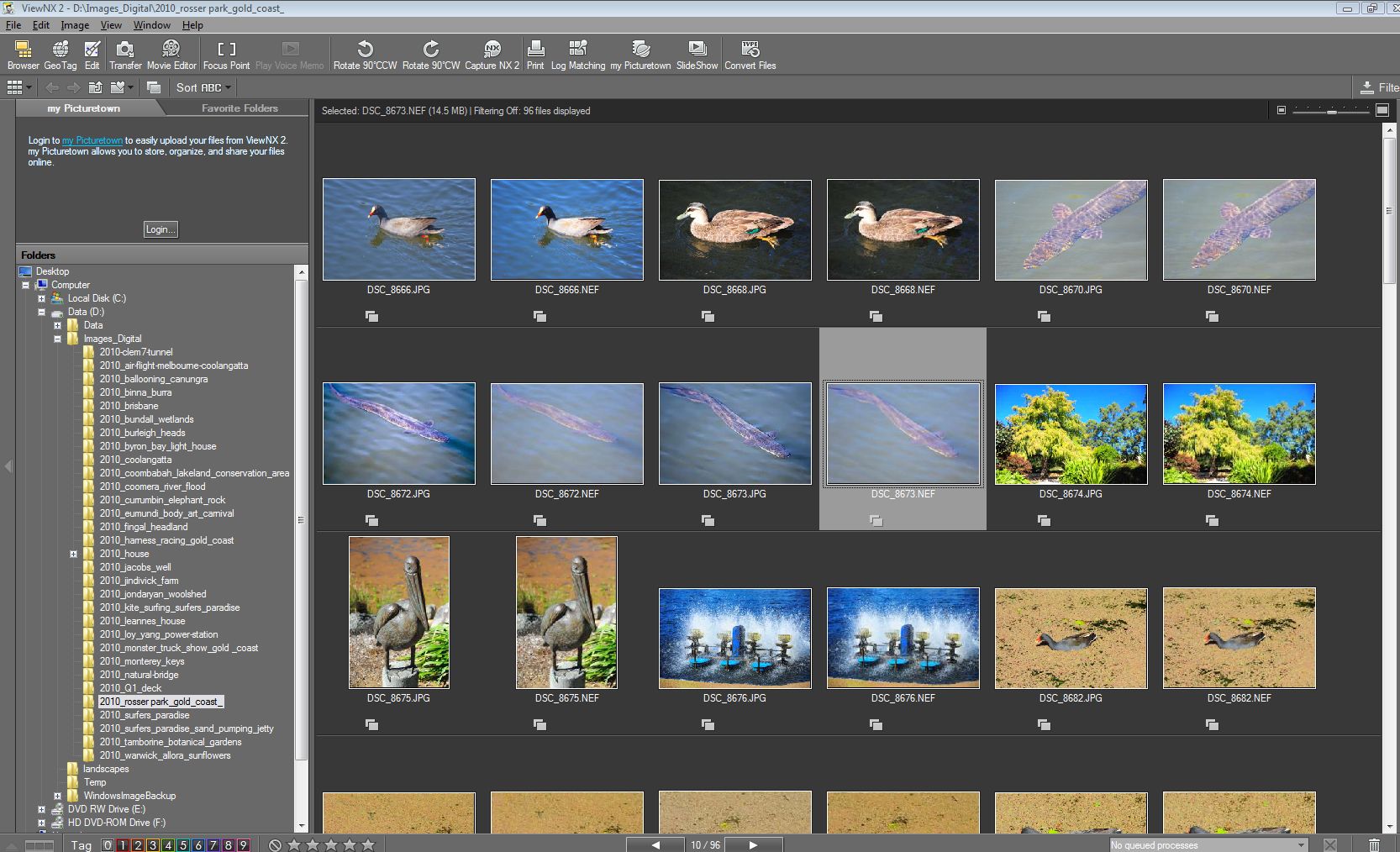

With through-glass images like that one really needs to address the loss of contrast separately.

I set the bracketing at one full stop between each frame, but sometimes I will just use every second frame (two stops apart) for my final image - another reason to shoot all 9 frames available for bracketing!Hi John,

I set the bracketing at one full stop between each frame, but sometimes I will just use every second frame (two stops apart) for my final image - another reason to shoot all 9 frames available for bracketing! Here is a recent example of an HDR image: I have set the camera to record images from darkest to lightest, with the "proper" exposure in the middle of that range. I do not usually end up using all 9 frames (although sometimes I do) but I will sometimes need to include the darkest or the lightest frame for my final image. I will often use the entire 9 frame option (using a tripod) (although sometimes 7 or 5 frames instead) because I never know before I do my HDR work just which frames I will choose to use for the final image. The nine frame bracketing range that Nikon allows for was a big factor in my decision to go with that model. I switched to a Nikon D700 as son as it was released, and have never looked back. I quickly fell in love with HDR imaging but just as quickly realized that the limited bracketing range and poor low light performance of that camera were going to be a major detriment to my photography. My first digital camera, an Olympus E500, convinced me to give up my 35mm camera (an Olympus OM4-T).


 0 kommentar(er)
0 kommentar(er)
